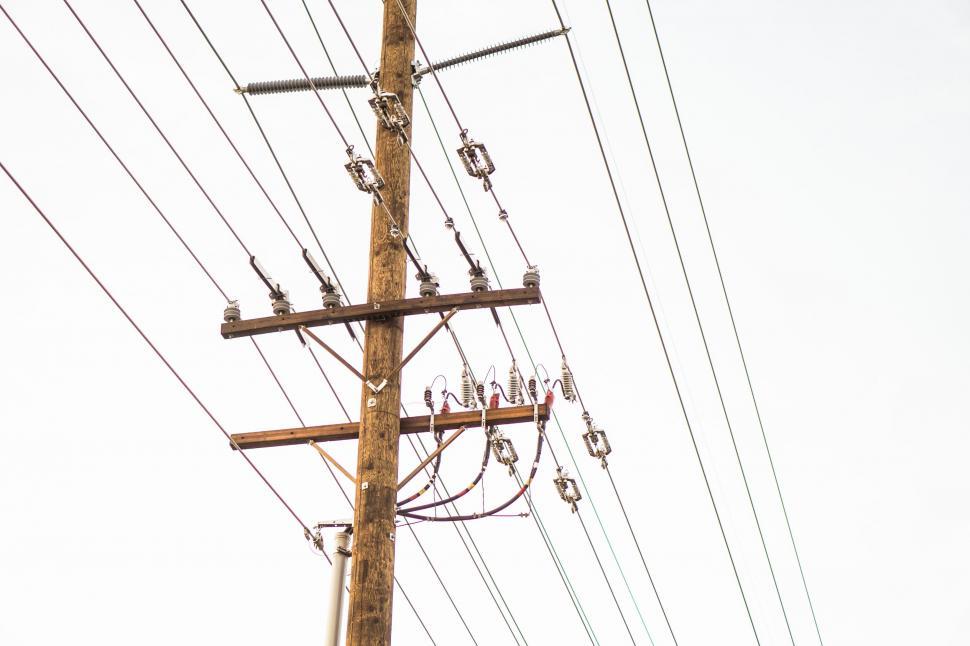The utility industry stands at a crossroads. With aging infrastructure across the country and increasing demands for reliability, utility companies face mounting pressure to maintain and inspect millions of utility poles efficiently. Traditional inspection methods—involving bucket trucks, climbing crews, and manual documentation—have served the industry for decades. But in today’s data-driven world, these approaches are increasingly showing their limitations. Enter drone technology, and more importantly, the software solutions that make sense of the vast amounts of data these drones collect.
The Inspection Challenge
The numbers tell a compelling story: the United States alone has over 180 million utility poles that require regular inspection and maintenance. Traditional inspection methods are:
- Time-consuming, with crews often inspecting fewer than 20 poles per day
- Expensive, with costs ranging anywhere from $20-$200 per pole depending on location and accessibility
- Potentially dangerous, particularly in adverse weather or difficult terrain
- Inconsistent, with quality varying based on inspector experience and thoroughness
These challenges have pushed utility companies to seek more efficient solutions. Drones have emerged as a promising alternative, capable of capturing detailed imagery of utility poles from multiple angles in a fraction of the time required for manual inspections.
The Data Management Problem
However, the adoption of drone technology has introduced a new challenge: data management. A typical drone inspection program quickly generates terabytes of high-resolution images and videos. Without proper software infrastructure, utilities find themselves drowning in data rather than benefiting from it.
Common pain points include:
- Disconnected systems for storing and accessing drone footage
- Difficulty correlating images with specific utility poles and locations
- Manual processes for identifying issues in thousands of images
- No centralized tracking system for inspection status and maintenance needs
- Limited ability to prioritize repairs based on severity and risk
The Utileyes Solution
This is precisely why we created Utileyes. Our platform bridges the gap between drone inspection capabilities and the operational needs of utility companies. Rather than offering just another storage solution, Utileyes provides an end-to-end system for managing the entire inspection workflow:
- Geospatial Organization: All footage is automatically tagged and organized by location, making it easy to find inspection data for any utility pole in your network.
- Intuitive Visualization: Interactive maps show inspection coverage, status, and identified issues across your entire service territory.
- Inspection Tracking: Comprehensive dashboards display what’s been inspected, what’s due, and what’s overdue, helping you stay ahead of maintenance requirements.
- AI-Assisted Review: Our algorithms help identify potential issues like damaged cross-arms, loose hardware, or wildlife interference, dramatically reducing the time needed to review inspection footage.
- Workflow Integration: Flagged issues can be automatically converted into work orders in your existing systems, ensuring a seamless path from identification to resolution.
Real-World Impact
Early adopters of integrated drone inspection solutions like Utileyes are seeing remarkable results:
- 60-80% reduction in time spent on inspection processes
- 40-50% decrease in inspection costs
- Identification of 15-20% more potential issues compared to traditional methods
- Significant improvements in worker safety by reducing the need for climbing and bucket truck operations
- Enhanced ability to prioritize maintenance based on actual condition rather than fixed schedules
One mid-sized utility company in the Pacific Northwest implemented a drone inspection program with proper software support and was able to inspect their entire network of 50,000 poles in just four months—a process that previously took over two years to complete.
The Future of Utility Inspections
The integration of drone technology with purpose-built software platforms represents just the beginning of a larger transformation in utility management. Looking ahead, we anticipate several emerging trends:
- Predictive Maintenance: Moving beyond simple issue identification to predicting failures before they occur
- Automated Reporting: Generating compliance documentation automatically based on inspection data
- AR/VR Interfaces: Allowing inspectors to virtually “visit” any pole in the network from their desk
- Integration with Smart Grid Technologies: Creating a more comprehensive view of infrastructure health
As utility companies continue to face pressure to do more with less, the combination of drone technology and specialized software solutions offers a clear path forward. By transforming how inspections are conducted and managed, utilities can significantly improve efficiency, reduce costs, and enhance reliability.
The future of utility pole inspections isn’t just about having better drones—it’s about having smarter systems to make sense of what those drones see. At Utileyes, we’re committed to building those systems and helping utility companies navigate the transition to more data-driven inspection practices.
Want to learn how Utileyes can transform your utility’s inspection processes? Contact us today for a personalized demonstration.

Leave a Reply